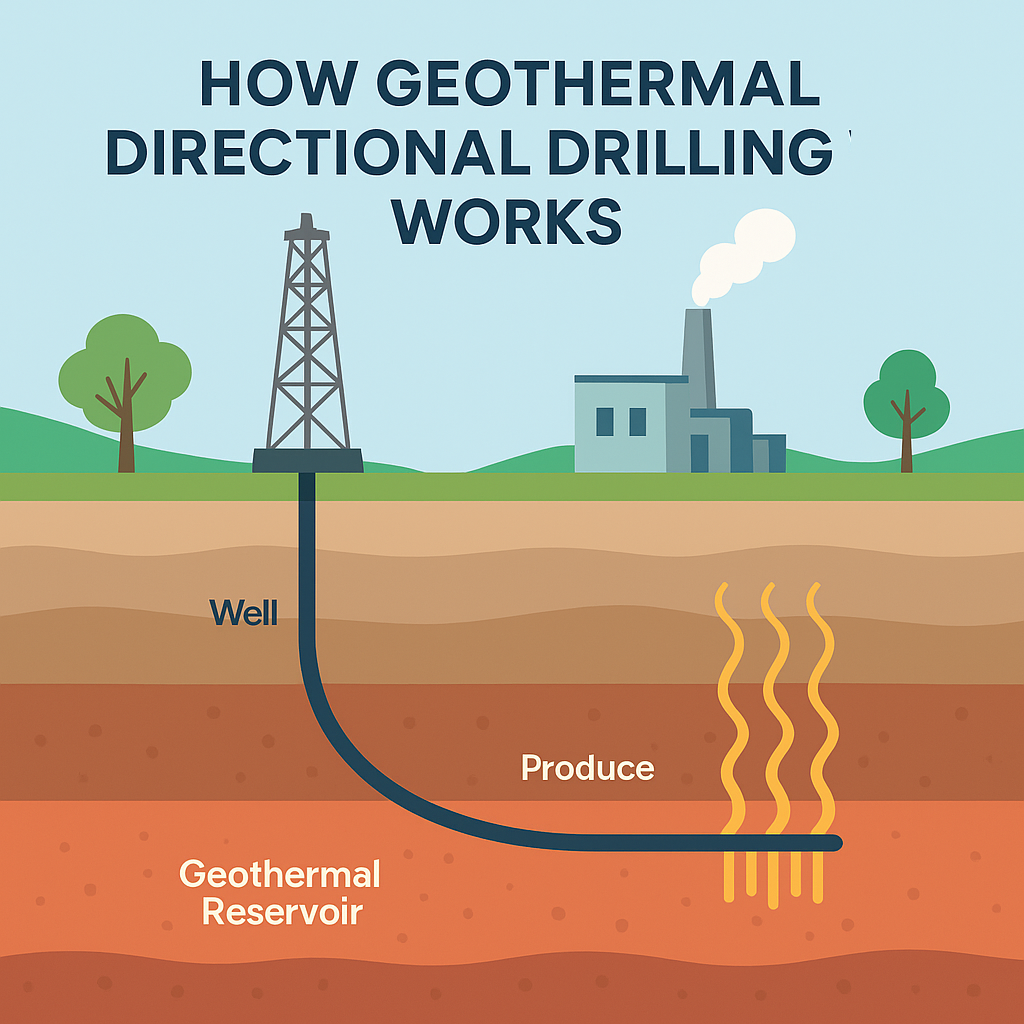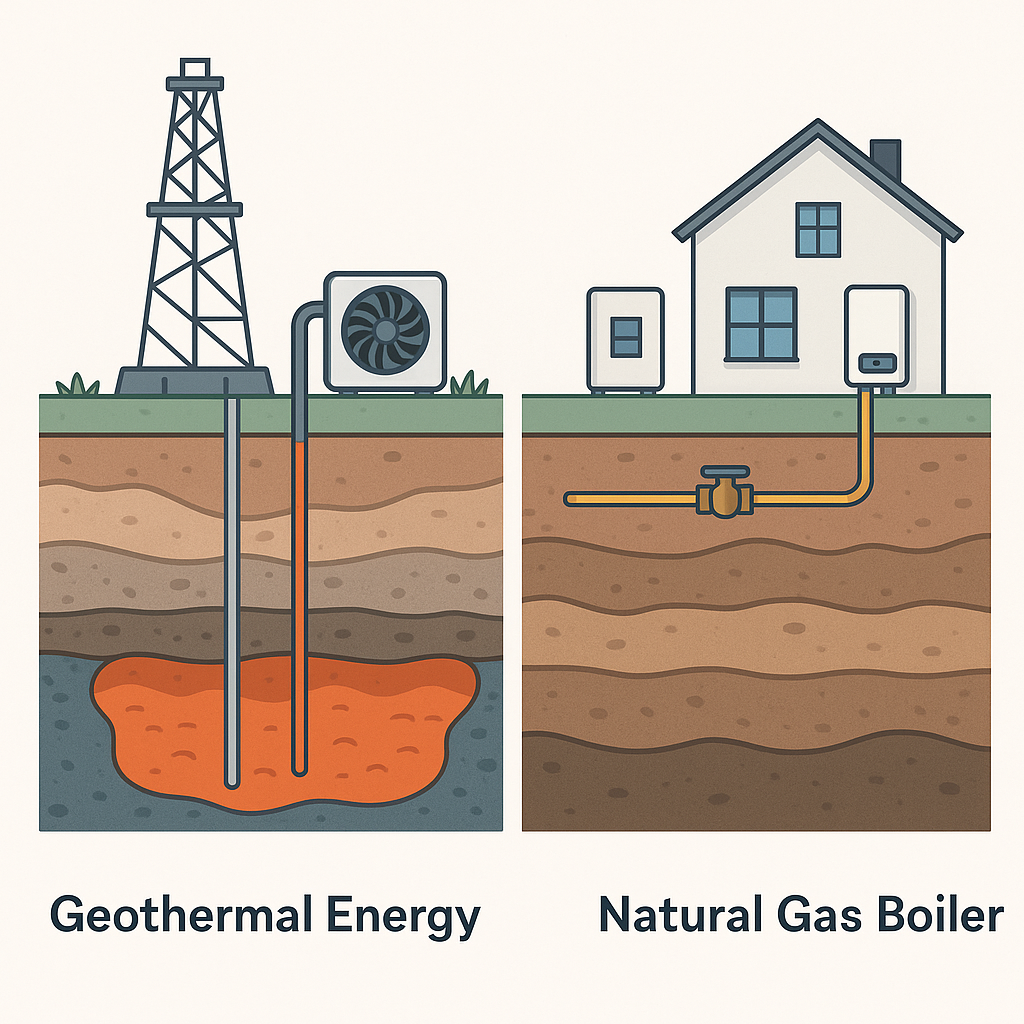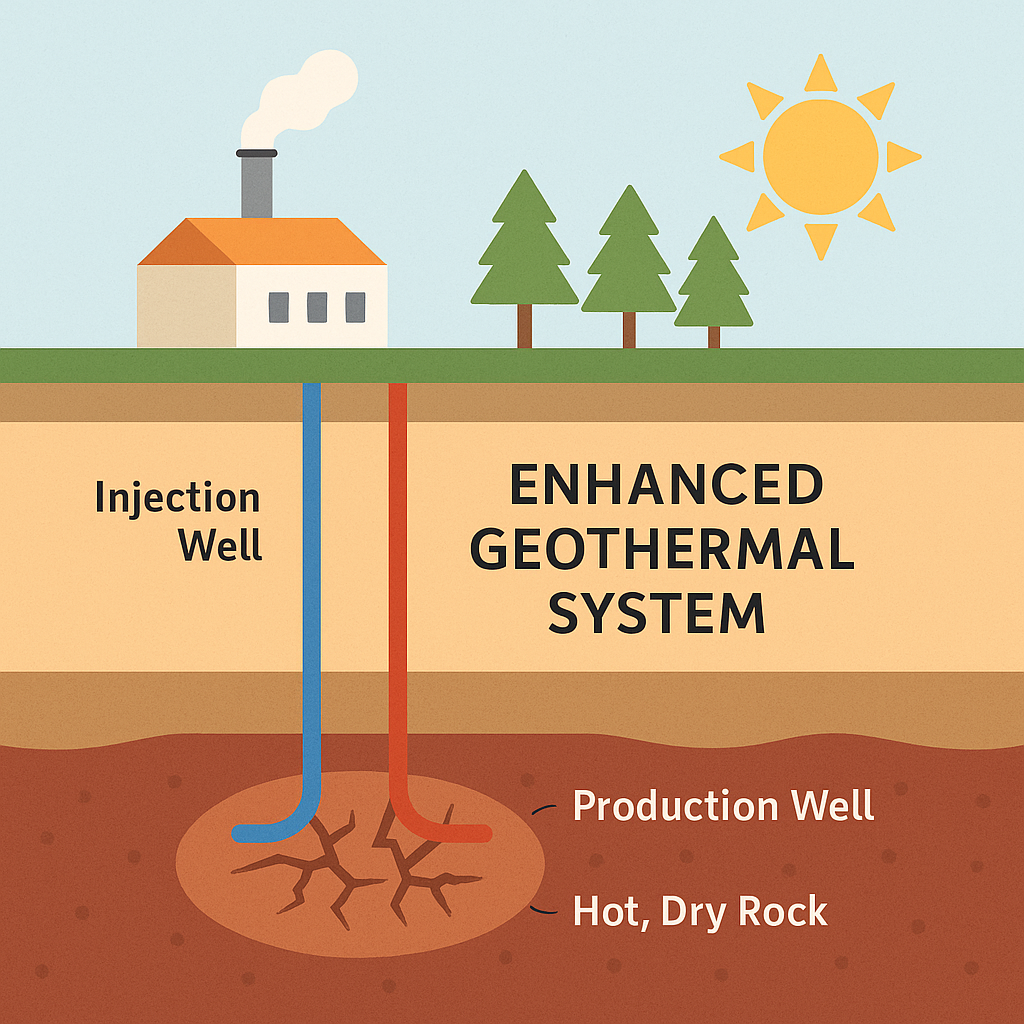When considering renewable power, solar, wind, or hydroelectric are the sources likely to come to mind, however, geothermal energy is often overlooked despite its enormous untapped potential.
This is with the global capacity of electricity-generating geothermal power set to grow by nearly 40% between 2023 and 2030 according to Statista, reaching approximately 20.8 gigawatts by the new decade.
Locally, UK energy company Star Energy and French infrastructure firm Veolia recently announced a joint venture, set to include various geothermal projects including directional or non-vertical drilling to harness the Earth’s thermal energy.
But what exactly does directional drilling involve, what are its advantages, and how might it impact the future of geothermal energy? Let’s explore.
What Is Directional Drilling?
Geothermal energy harnesses the Earth’s energy by accessing thermal energy beneath the surface. This primarily involves reaching very hot steam or water from subterranean wells. The energy can then be used to generate electricity or heat properties such as through a district heating network which uses a network of insulated pipes to provide energy to multiple homes from a single, central source.
In many cases, geothermal energy plants function by vertically drilling into the Earth where energy sources are accessible directly below. However, in other cases, non-vertical or directional drilling will be required, in which drilling occurs at an angle from an adjacent site in order to reach the geothermal heat zones before resurfacing elsewhere.

Directional drilling, in the context of geothermal energy, serves the purpose of accessing geothermal resources that would otherwise be inaccessible. Locations directly above sites of interest may not be tenable for drilling for a host of reasons, such as hard rock, being at an urban location, protected areas or other practical limitations.
As a result, directional drilling can allow geothermal energy projects to tap into resources effectively and in ways that would otherwise not be possible.
The Value Of Directional Drilling For Expanding Geothermal Energy
Naturally, non-vertical drilling allows geothermal energy to expand its reach, both literally and in terms of the number of viable projects by proving a viable addition to vertical drilling projects.
Ultimately, with the support of directional drilling, geothermal energy can become a more prominent force in the renewable energy sector.
Along with accessing high-temperature reservoirs, geothermal directional drilling offers:
- Potentially lowering drilling costs
- Capacity to find the ideal location for the drill well
- Limiting environmental harm through strategically-placed drilling
- Enhances heat transfer, improving the project’s output
Overall, non-vertical drilling is not only beneficial as an alternative where drilling directly vertical into the ground is not an option but can increase the flexibility of the drilling project, while optimising it, increasing energy and cost efficiency alike.
By increasing the number of viable geothermal energy projects and limiting the environmental impact of how geothermal energy is harnessed, non-vertical geothermal drilling could prove a significant step forward in efforts to decarbonise the UK’s heating grid.
While a majority of the UK’s electricity came from renewable sources in 2024, lowering heating’s carbon footprint is proving more challenging and will likely require innovative solutions such as geothermal by directional drilling.
Geothermal Energy In The UK
The primary source of geothermal energy in the UK is that of ground source heat pumps. 10,000s of these are installed on properties across the nation with a combined energy capacity of 847 MWth or megawatt thermal.
While a low-carbon alternative to natural gas heating and other carbon-heavy heating sources, ground source heat pumps cover just a tiny fraction of household heating in the UK.
There are currently few active deep geothermal projects in the UK, though this is part of what makes the recently announced UK-French venture a significant moment for geothermal power domestically.
It’s important to note that the firms’ endeavours are in the research and pre-development stage, though they have expressed clear intent of using directional drilling to help decarbonise the nation’s heating grid. So while it may be some years before drilling could begin, the signed memorandum and Veolia’s press release shows serious intent.
The project from the Star Energy-Veolia partnership is set to be the UK’s first major directional drilling project, with the partnership set to help pioneer commerical large-scale geothermal energy efforts domestically.
The introduction of a major deep directional drilling endeavour could help propel interest in future projects and investment, both governmental and private to provide a bright future for the UK’s currently limited geothermal sector.
The partnership also intends to work on hydrogeological and seismic studies, advanced modeling and advanced simulations. These efforts will help with future projects such as their proposed non-vertical geothermal project and help inform the future of the industry in general.


